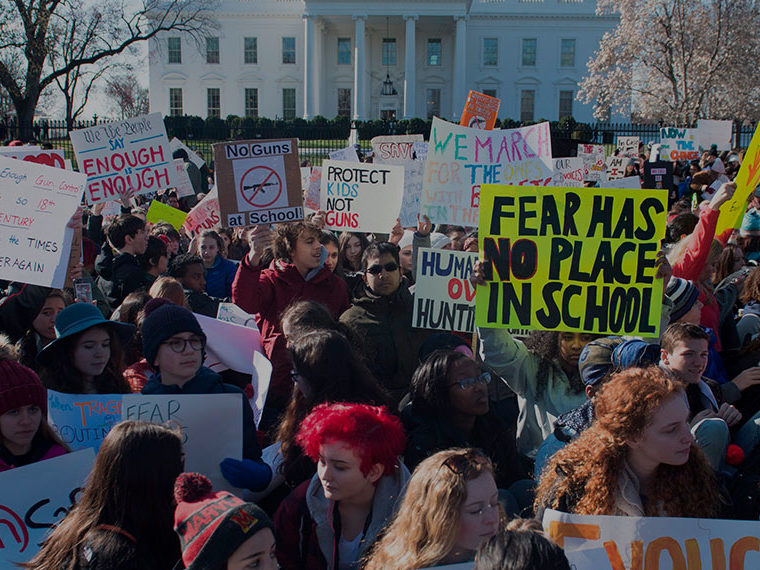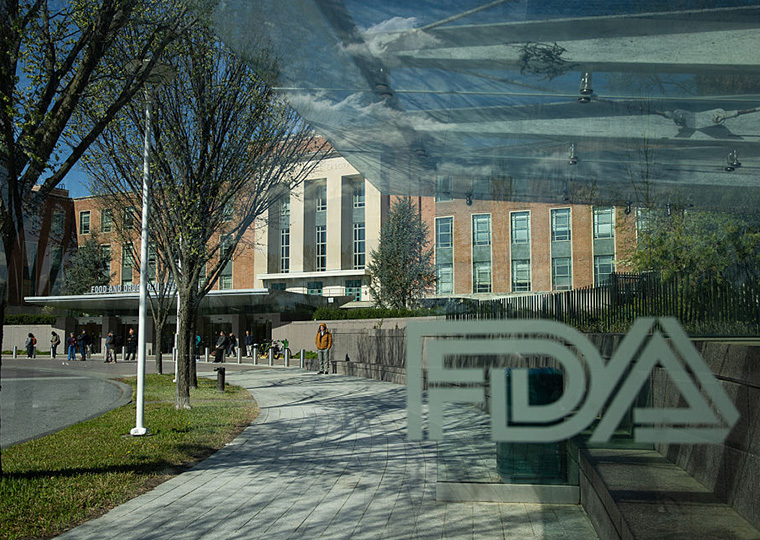A study looks at how changes in FDA labeling affect pediatric utilization of drugs
Prescription drugs approved for adults gain significant market share when clinical trials prove them effective and safe for treating children, too. By the same token, there is no clear evidence that unsuccessful trials have a negative effect on sales of such drugs. Doctors continue to prescribe the drugs to children, even when new labels note that clinical trials failed to establish efficacy for the under-18 population, according to a working paper by Northwestern’s Christopher Ody and UCLA Anderson’s Matt Schmitt.
The study focuses on the impact of regulatory changes aimed at reducing the need for off-label prescribing, in which doctors order drugs used in a manner not specified on their Food and Drug Administration labels. The practice is particularly common in pediatrics, which lacks specific FDA approval for many drugs that successfully treat adults for the same conditions. Historically, drug manufacturers rarely sought pediatric approval for drugs that could be marketed for adults, largely because of the cost of running more extensive clinical trials, the authors note.
Legislation enacted in 2003 encourages drug manufacturers to conduct more pediatric drug trials, potentially turning the off-label use into a labeled FDA approval. The FDA updates drug labels following trials, noting whether a trial established efficacy and safety for specific types of pediatric use. The researchers looked at how market share changed when these labels were applied to drugs previously approved only for adults.
Opt In to the Review Monthly Email Update.
Using data on New Hampshire private insurance claims filed between 2009 and 2011 on 33 drugs, the researchers found that trends for off-label pediatric prescriptions closely mimic trends for adults. But when the FDA label reveals positive news about pediatric trials, prescriptions to children rise dramatically. Although adult prescribing trends are unbroken and often downward, market share in pediatrics increases by an average of 12 percent with a positive label, according to the study.
Negative labels have no statistically significant effect on pediatric or adult sales of the drug, according to the findings. The study defined “negative labels” as those indicating trials could prove neither safety nor efficacy for pediatric use, as well as those that were found specifically unsafe or ineffective. In an interview, Schmitt said the vast majority of negative labels indicate safety but not proof of efficacy for use in children.
The study points out pros and cons for drug manufacturers that undertake pediatric trials. On the one hand, status as the first drug for a particular condition to successfully complete pediatric trials brings much larger sales gains than later approvals, the study finds. On the other hand, there is a risk that a particularly negative result could wipe out sales from pediatricians prescribing the drug off-label. About 20 percent of pediatric trials find the drug to be unsafe or ineffective in treating children, according to the study.
The authors estimate that few of the pediatric clinical trials would be economically beneficial to drug manufacturers without incentives from legislation passed in 2003.
The Best Pharmaceuticals for Children Act offers drug manufacturers six months of additional patent protection for conducting pediatric trials. The Pediatric Research Equity Act requires many new drugs to run pediatric trials in order to gain approval for adult use. As a result, hundreds of drugs have been labeled regarding pediatric use.
Featured Faculty
-
Matthew Schmitt
Adjunct Assistant Professor of Strategy
About the Research
Ody, C. & Schmitt, M. (2018). Who cares about a label? The effect of pediatric labeling changes on prescription drug utilization.






